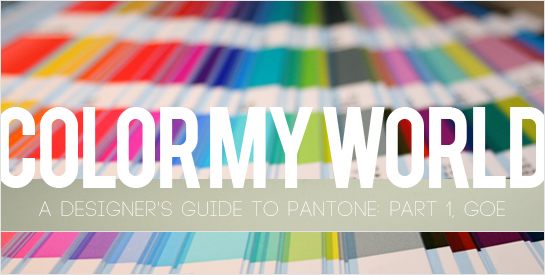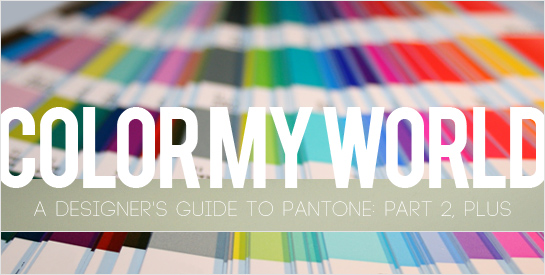
What is Pantone?
If you’ve ever held color-printed piece in your hands, there’s a good chance you’ve been touched by Pantone. The self-described “authority on color”, Pantone has become an integral part of graphic design and printing, greatly influencing the color of our world. Since 1963, Pantone has been the force behind the printing industry’s color standard, the Pantone Matching System (PMS). PMS is a standardized color reproduction system whereby different manufacturers and printers can accurately reproduce the same set of colors without direct contact with one another. This is significant for brands, because of the importance that consistent color reproduction has on brand identity and packaging. Color plays such a crucial role in brand association that some companies even commission their own colors. (Tiffany’s, well-known for its signature teal blue, actually has its own custom, trademarked Pantone color, PMS 1837.)
Read on…

